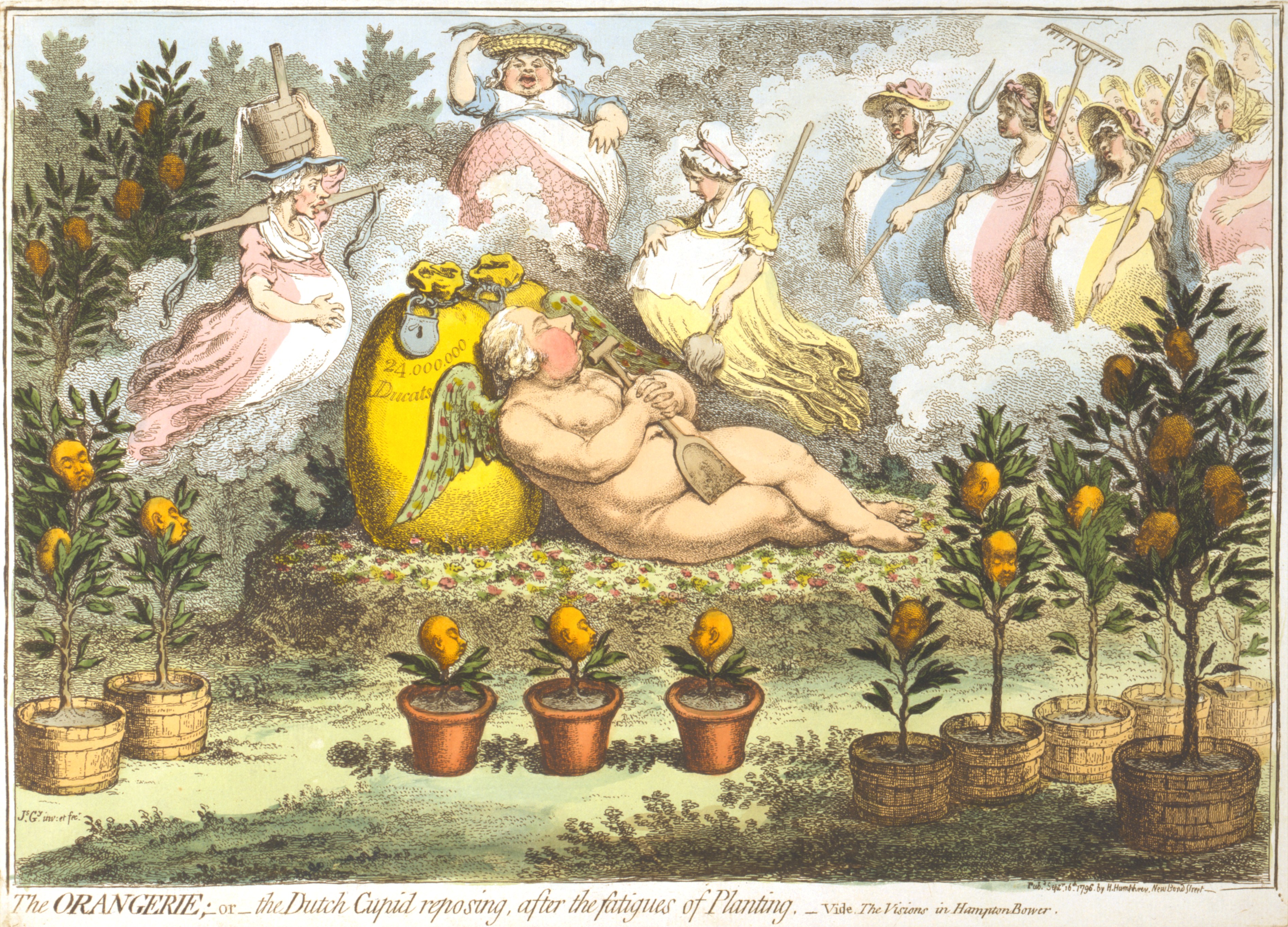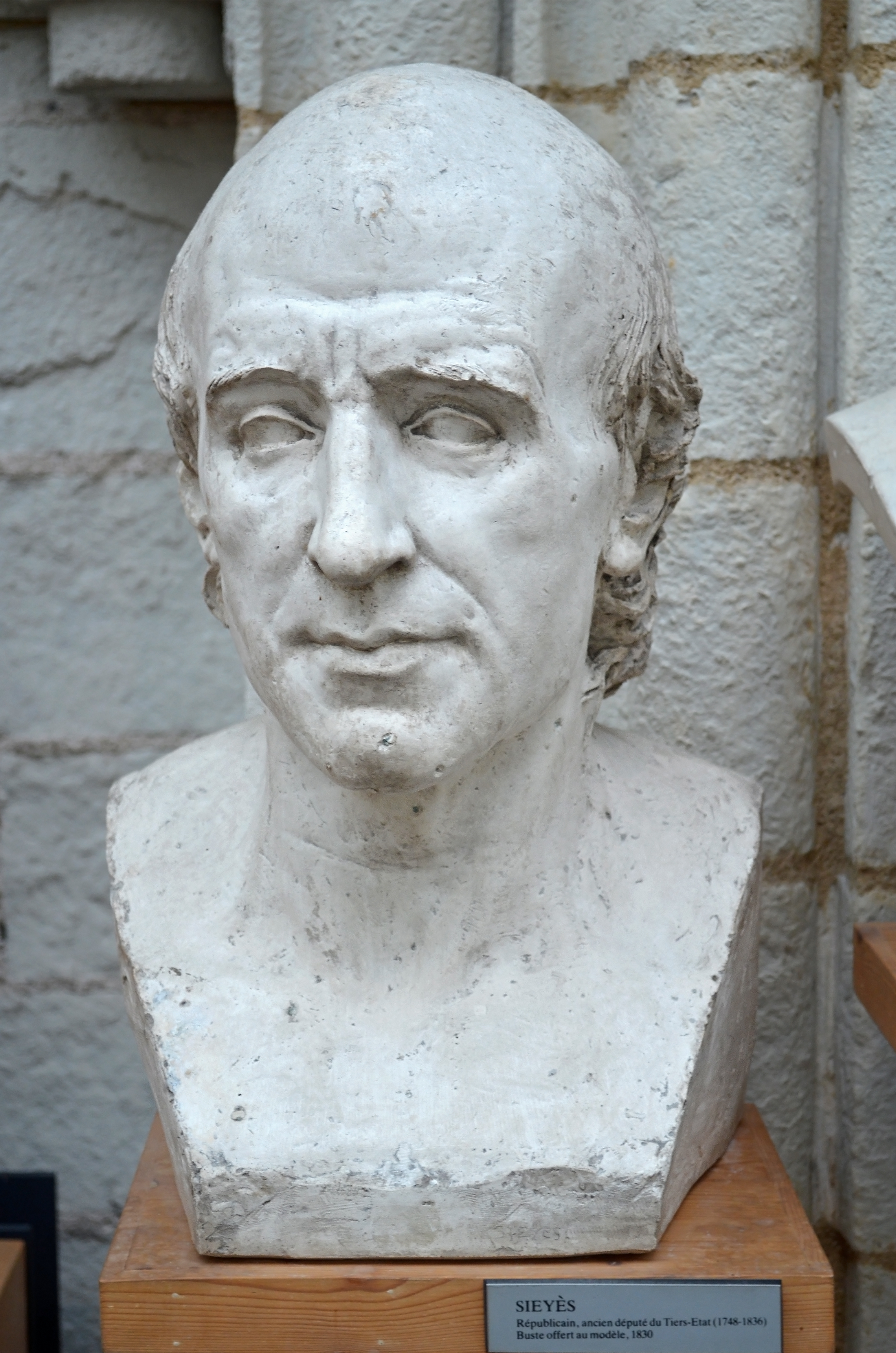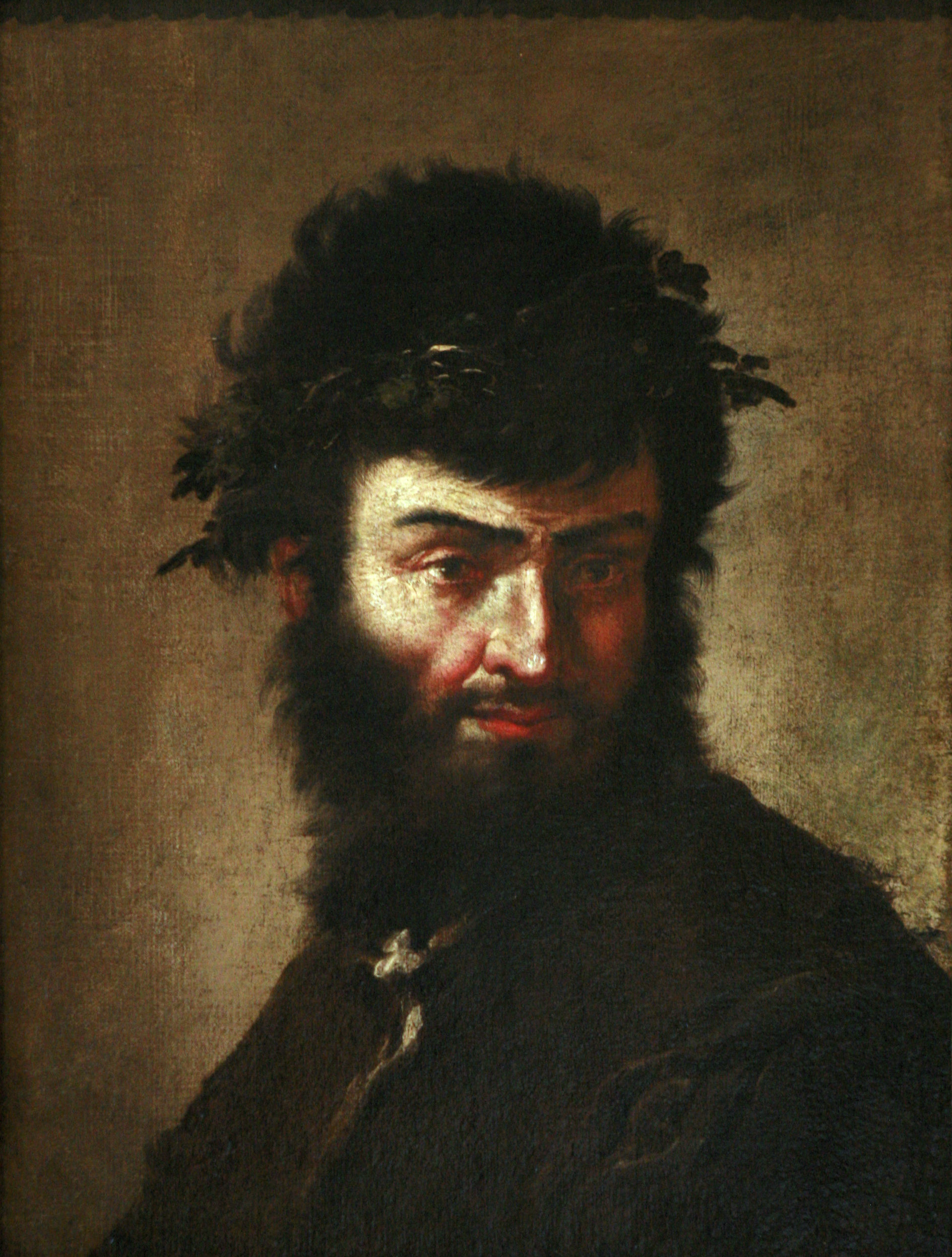|
Willem Anne Lestevenon
Willem Anne Lestevenon van Berkenrode (born in Paris on October 14, 1750 and died at La Ferté-Gaucher on October 4, 1830) was a Dutch politician and art collector. Biography Willem Anne Lestevenon was born in Paris, where his father, Mattheus Lestevenon, was an ambassador of the United Provinces to the King of France. In 1760 he was sent to Leiden to study law. Upon graduation in 1768 he became bailiff of the town and Barony of Breda. Ten years later, he moved to Haarlem and was appointed to the city's vroedschap and joined the Teylers Second Society (1780), where he supported Martinus van Marum's utilitarian approach of the natural sciences as he expected these sciences to be fundamental for the recovery of Haarlem's textile industry. Lestevenon was sent to the States from Holland in 1783 and then to the States General of the United Provinces in the following year. In July 1785, the States designated him on a special mission to Marie-Christine von Habsburg-Lorraine, govern ... [...More Info...] [...Related Items...] OR: [Wikipedia] [Google] [Baidu] |
La Ferté-Gaucher
La Ferté-Gaucher () is a commune in the Seine-et-Marne department in the Île-de-France region in north-central France. Demographics Inhabitants of La Ferté-Gaucher are called ''Fertois''. See also * Communes of the Seine-et-Marne department The following is a list of the 507 communes of the Seine-et-Marne department of France. The communes cooperate in the following intercommunalities (as of 2020):1999 Land Use, from IAURIF (Institute for Urban Planning and Development of the Paris-Île-de-France région) * [...More Info...] [...Related Items...] OR: [Wikipedia] [Google] [Baidu] |
William V Of Orange
William V (Willem Batavus; 8 March 1748 – 9 April 1806) was a prince of Orange and the last stadtholder of the Dutch Republic. He went into exile to London in 1795. He was furthermore ruler of the Principality of Orange-Nassau until his death in 1806. In that capacity he was succeeded by his son William. Early life William Batavus was born in The Hague on 8 March 1748, the only son of William IV, who had the year before been restored as stadtholder of the United Provinces. He was only three years old when his father died in 1751, and a long regency began. His regents were: * Dowager Princess Anne, his mother, from 1751 to her death in 1759; * Dowager Princess Marie Louise, his grandmother, from 1759 to her death in 1765; *Duke Louis Ernest of Brunswick-Lüneburg, from 1759 to 1766, and kept on as a privy counsellor, in accordance with the ''Acte van Consulentschap'', until October 1784; * Princess Carolina, his sister (who at the time was an adult aged 22, while he was still a ... [...More Info...] [...Related Items...] OR: [Wikipedia] [Google] [Baidu] |
Jean-François Reubell
Jean-François is a French given name. Notable people bearing the given name include: * Jean-François Carenco (born 1952), French politician * Jean-François Champollion (1790–1832), French Egyptologist * Jean-François Clervoy (born 1958), French engineer and astronaut * Jean-François Corminboeuf (born 1953), Swiss sport sailor * Jean-François Dagenais (born 1975), Canadian music producer * Jean-François David (born 1982), Canadian ice hockey player * Jean-François Gariépy (born 1984), Canadian alt-right political commentator and former neuroscientist * Jean-François Garreaud (1946–2020), French actor * Jean-François de La Harpe (1739–1803), French critic * Jean-François Lyotard (1924-1998), French philosopher * Jean-François Marceau (born 1976), Canadian judoka * Jean-François Marmontel (1723–1799), French historian and writer * Jean-François Martial (1891–1977), Belgian actor * Jean-François Millet (1814–1875), French painter * Jean-François Papillon (di ... [...More Info...] [...Related Items...] OR: [Wikipedia] [Google] [Baidu] |
Emmanuel Joseph Sieyès
Emmanuel-Joseph Sieyès (3 May 174820 June 1836), usually known as the Abbé Sieyès (), was a French Roman Catholic '' abbé'', clergyman, and political writer who was the chief political theorist of the French Revolution (1789–1799); he also held offices in the governments of the French Consulate (1799–1804) and the First French Empire (1804–1815). His pamphlet ''What Is the Third Estate?'' (1789) became the political manifesto of the Revolution, which facilitated transforming the Estates-General into the National Assembly, in June 1789. He was offered and refused an office in the French Directory (1795–1799). After becoming a director in 1799, Sieyès was among the instigators of the Coup of 18 Brumaire (9 November), which installed Napoleon Bonaparte to power. Moreover, apart from his political life, Sieyès coined the term "'' sociologie''", and contributed to the nascent social sciences.Jean-Claude Guilhaumou (2006)« Sieyès et le non-dit de la sociologie : du mot ... [...More Info...] [...Related Items...] OR: [Wikipedia] [Google] [Baidu] |
Batavian Revolution
The Batavian Revolution ( nl, De Bataafse Revolutie) was a time of political, social and cultural turmoil at the end of the 18th century that marked the end of the Dutch Republic and saw the proclamation of the Batavian Republic. The period of Dutch history that followed the revolution is referred to as the "Batavian-French era" (1795–1813) even though the time spanned was only 20 years, of which three were under French occupation under Napoleon Bonaparte. Background By the end of the 18th century, the Netherlands found themselves in a deep economic crisis, caused by the devastating Fourth Anglo-Dutch War. During this time, the banks of the Dutch Republic held much of the world's capital. The government-sponsored banks owned up to 40% of Great Britain's national debt. The people of the Netherlands grew increasingly discontent with the authoritarian regime of the stadtholder, William V. This concentration of wealth led to the formation of the Dutch Patriots by a minor Dutc ... [...More Info...] [...Related Items...] OR: [Wikipedia] [Google] [Baidu] |
Metropolitan Museum Of Art
The Metropolitan Museum of Art of New York City, colloquially "the Met", is the largest art museum in the Americas. Its permanent collection contains over two million works, divided among 17 curatorial departments. The main building at 1000 Fifth Avenue, along the Museum Mile on the eastern edge of Central Park on Manhattan's Upper East Side, is by area one of the world's largest art museums. The first portion of the approximately building was built in 1880. A much smaller second location, The Cloisters at Fort Tryon Park in Upper Manhattan, contains an extensive collection of art, architecture, and artifacts from medieval Europe. The Metropolitan Museum of Art was founded in 1870 with its mission to bring art and art education to the American people. The museum's permanent collection consists of works of art from classical antiquity and ancient Egypt, paintings, and sculptures from nearly all the European masters, and an extensive collection of American and modern ... [...More Info...] [...Related Items...] OR: [Wikipedia] [Google] [Baidu] |
Teylers Museum
Teylers Museum () is an art, natural history, and science museum in Haarlem, Netherlands. Established in 1778, Teylers Museum was founded as a centre for contemporary art and science. The historic centre of the museum is the neoclassical Oval Room (1784), which was built behind the house of Pieter Teyler van der Hulst (1702–1778), the so-called ''Fundatiehuis'' (Foundation House). Pieter Teyler was a wealthy cloth merchant and banker of Scottish descent, who bequeathed his fortune for the advancement of religion, art, and science. He was a Mennonite and follower of the Scottish Enlightenment. History In his will, Pieter Teyler stipulated that his collection and part of his fortune should be used to establish a foundation for their promotion: Teylers Stichting. The Teyler legacy to the city of Haarlem was split into two societies: Teylers First or Theological Society (Dutch: ''Teylers Eerste of Godgeleerd Genootschap''), intended for the study of religion and Teylers Second ... [...More Info...] [...Related Items...] OR: [Wikipedia] [Google] [Baidu] |
Christina I Of Sweden
Christina ( sv, Kristina, 18 December (New Style) 1626 – 19 April 1689), a member of the House of Vasa, was Monarchy of Sweden, Queen of Sweden in Queen regnant, her own right from 1632 until her abdication in 1654. She succeeded her father Gustavus Adolphus upon his death at the Battle of Lützen (1632), Battle of Lützen in 1632, but began ruling the Swedish Empire when she reached the age of eighteen in 1644. The Swedish queen is remembered as one of the most learned women of the 17th century. She was fond of books, manuscripts, paintings, and sculptures. With her interest in religion, philosophy, mathematics, and alchemy, she attracted many scientists to Stockholm, wanting the city to become the "Athens of the North". The Peace of Westphalia allowed her to establish an academy or university when and wherever she wanted. In 1644, she began History of copper currency in Sweden, issuing copper in lumps as large as fifteen kilograms to serve as currency. Christina's financia ... [...More Info...] [...Related Items...] OR: [Wikipedia] [Google] [Baidu] |
Livio Odescalchi
Livio Odescalchi (March 10, 1652 - September 8, 1713), Duke of Bracciano, Ceri and Sirmium, was an Italian nobleman of the Odescalchi family. Livio Odescalchi was born in Rome in 1655, the son of Carlo Odescalchi (1607-1673) and Beatrice Cusani. His paternal uncle was Benedetto Odescalchi, who was elected to the papacy as Pope Innocent XI in 1676. Since Innocent wanted to put an end to the established Cardinal-nephew, nepotism of the Roman Curia, Curia, he did not make his nephew a cardinal, but instead granted Livio his own personal fortune of some forty thousand crowns, and conferred upon him his own title as Duke of Ceri in 1678. Livio was however eventually made Gonfalonier of the Church, Gonfaloniere and Captain General of the Church by his uncle. Livio later helped Innocent finance the expedition led by John Sobieski that ended the Turkish siege at the Battle of Vienna in 1683. Odescalchi himself fought with distinction in the battle, and was made an Princes of the Holy Ro ... [...More Info...] [...Related Items...] OR: [Wikipedia] [Google] [Baidu] |
Hendrick Goltzius
Hendrick Goltzius, or Hendrik, (; ; January or February 1558 – 1 January 1617) was a German-born Dutch printmaker, draftsman, and painter. He was the leading Dutch engraver of the early Baroque period, or Northern Mannerism, lauded for his sophisticated technique, technical mastership and "exuberance" of his compositions. According to A. Hyatt Mayor, Goltzius "was the last professional engraver who drew with the authority of a good painter and the last who invented many pictures for others to copy". In the middle of his life he also began to produce paintings. Biography Goltzius was born near Venlo in Bracht or Millebrecht, a village then in the Duchy of Julich, now in the municipality Brüggen in North Rhine-Westphalia. His family moved to Duisburg when he was 3 years old. After studying painting on glass for some years under his father, he learned engraving from the Dutch polymath Dirck Volckertszoon Coornhert, who then lived in Cleves. In 1577 he moved with Coornhe ... [...More Info...] [...Related Items...] OR: [Wikipedia] [Google] [Baidu] |
Claude Lorrain
Claude Lorrain (; born Claude Gellée , called ''le Lorrain'' in French; traditionally just Claude in English; c. 1600 – 23 November 1682) was a French painter, draughtsman and etcher of the Baroque era. He spent most of his life in Italy, and is one of the earliest important artists, apart from his contemporaries in Dutch Golden Age painting, to concentrate on landscape painting. His landscapes are usually turned into the more prestigious genre of history paintings by the addition of a few small figures, typically representing a scene from the Bible or classical mythology. By the end of the 1630s he was established as the leading landscapist in Italy, and enjoyed large fees for his work. His landscapes gradually became larger, but with fewer figures, more carefully painted, and produced at a lower rate.Kitson, 6 He was not generally an innovator in landscape painting, except in introducing the sun and streaming sunlight into many paintings, which had been rare befor ... [...More Info...] [...Related Items...] OR: [Wikipedia] [Google] [Baidu] |
Salvator Rosa
Salvator Rosa (1615 –1673) is best known today as an Italian Baroque painter, whose romanticized landscapes and history paintings, often set in dark and untamed nature, exerted considerable influence from the 17th century into the early 19th century. In his lifetime he was among the most famous painters,Jaffé, Hans L. C., editor. 1967. ''20,000 Years of World Painting.'' Harry N. Abrams, Inc., Publishers. New York. 418 pp. age 228/ref> known for his flamboyant personality, and regarded as an accomplished poet, satirist, actor, musician, and printmaker, as well. He was active in Naples, Rome, and Florence, where on occasion he was compelled to move between cities, as his caustic satire earned him enemies in the artistic and intellectual circles of the day. As a history painter, he often selected obscure and esoteric subjects from the Bible, mythology, and the lives of philosophers, that were seldom addressed by other artists. He rarely painted the common religious subjects, ... [...More Info...] [...Related Items...] OR: [Wikipedia] [Google] [Baidu] |





.jpg)



